Faced with the situation of abandoned agricultural land, causing waste, units and localities in Hoa Vang district have restored production, converted crop structure, and raised freshwater aquaculture. Thereby, improving the efficiency of agricultural land use, contributing to creating landscapes and increasing people's income.
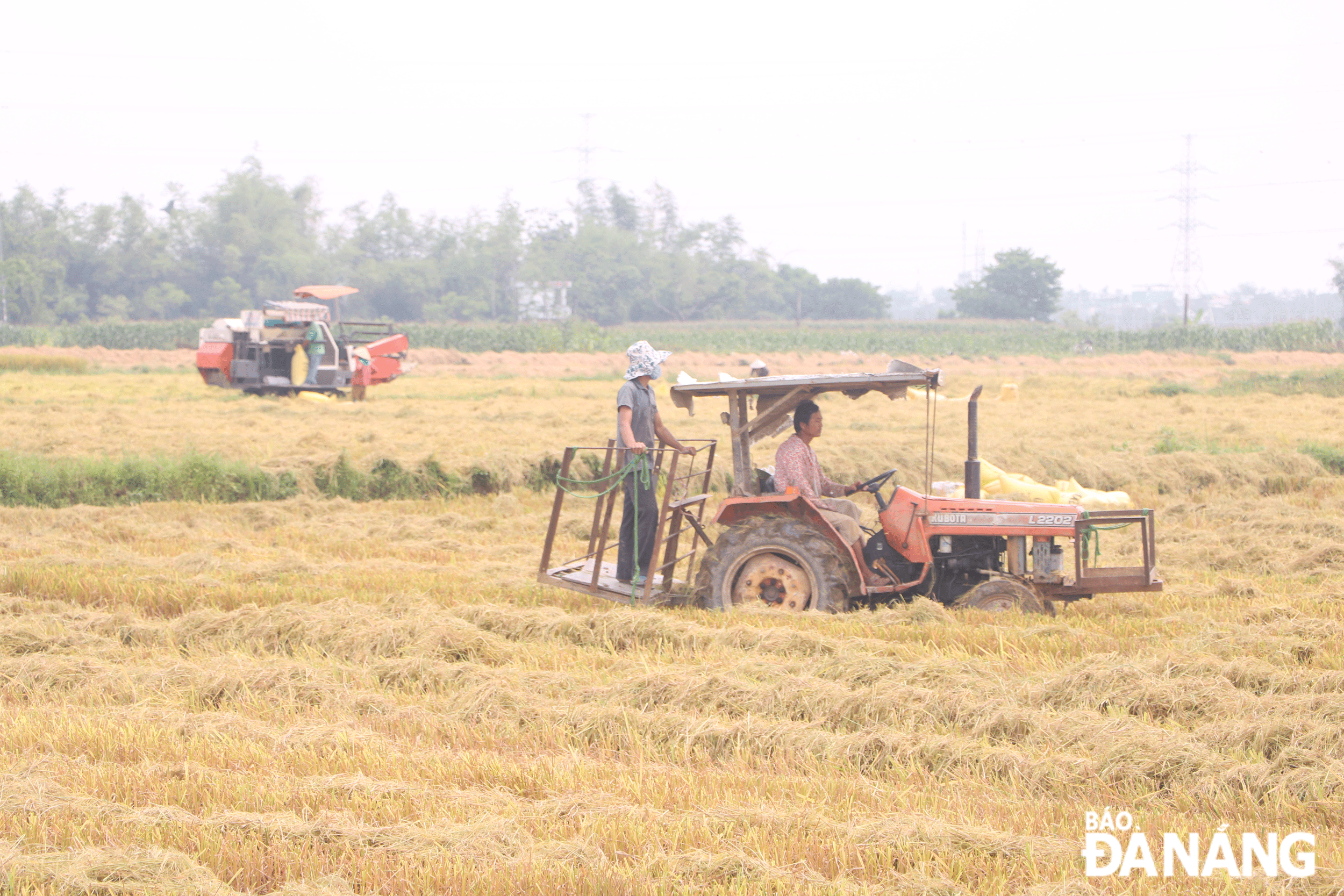 |
| The agricultural sector and localities are making efforts to implement many solutions to limit the situation of abandoned agricultural land. IN PHOTO: Farmers in Hoa Vang district harvest rice. Photo: XD |
Through a preliminary review, Hoa Phong commune (Hoa Vang district) has about 70 hectares of agricultural land that has been abandoned for many years due to the impact of the project, elderly workers, rats or difficulties in water sources. Faced with this situation, the People's Committee of the commune coordinated with the Farmers' Association and cooperatives in the area to deploy a clever mass mobilization model of "Restoring abandoned land" to serve as raw materials for making cakes and rice paper according to the product value chain linkage under the OCOP program. In the summer-autumn crop of 2023, the locality restored and reproduced about 5 hectares of abandoned agricultural land to grow rice, harvesting about 5 tons/ha.
Mr. Nguyen Sy, Director of Hoa Phong 1 Agricultural Production Service Cooperative, said that in the first season, the newly restored fields had low productivity and the cost of restoration was also more expensive. In the second season (winter-spring crop 2023-2024), the locality and two cooperatives, Hoa Phong 1 Agricultural Production Service Cooperative and Tuy Loan Safe Vegetable Production and Consumption Service Cooperative, joined hands to restore 22 hectares of abandoned land to grow rice, including 2 hectares of fragrant sticky rice, ready for harvest, with an expected yield of 55-58 quintals/ha. "In the initial implementation, the model brought high efficiency, avoiding waste when abandoning agricultural land and contributing to increasing farmers' income," Mr. Sy shared.
According to the Chairman of the Farmers' Association of Hoa Phong Commune, Bui Dung, in order to implement the clever mass mobilization model of "Restoring abandoned land", the Farmers' Association of the commune surveyed the current status of rice and colored land production in the fields of the villages: Thach Bo, Cam Toai Dong, Cam Toai Tay, Khuong My, Tuy Loan Tay and Bo Ban and held meetings with farmers to collect their opinions. After the farmers agreed, the association established an agricultural production team to overcome the situation of abandoned fields and to propagate and mobilize people to focus on production and ensure food.
During the 36 months of implementing the model, the association will evaluate the economic efficiency compared to the same area of land under normal production. From there, there will be a plan to optimally exploit the remaining fallow agricultural land in the area. It is expected that in addition to growing rice and fragrant sticky rice, the locality will also grow peanuts and corn, combined with the farming of some freshwater aquatic products such as fish and natural snails.
“The selection of plant varieties must be suitable for the conditions in areas that are frequently flooded and abandoned for many years. The goal of the model is to maximize the production land area, create more jobs and local raw materials for typical local OCOP products,” Mr. Dung said.
The Hoa Vang District Party Committee assigned the District Farmers' Association and communes to carry out the work of restoring abandoned agricultural land from 2024 with the target of restoring at least 2 hectares/commune/year. However, since 2021, Hoa Tien Commune (Hoa Vang District) has pioneered this work and converted the crop structure on ineffective rice and flower production land. Chairman of the Hoa Tien Commune Farmers' Association Dang Van Quang said that the commune has about 20 hectares of abandoned rice agricultural land, scattered across the fields in the villages in the area.
Faced with the above situation, the locality has mobilized and called on households to take over abandoned areas in the area for re-production, avoiding abandonment of agricultural land. From 2021 to present, the commune has restored production on over 15 hectares of abandoned agricultural land, of which nearly 10 hectares are for rice cultivation and 5 hectares for lotus, water lilies, and natural snail farming. “In the past two years, the weather has been favorable, farmers have had good harvests, and the rice yield on restored fallow land is about 7 tons/ha. More happily, at the end of 2023, Hoa Tien rice products were recognized by the People's Committee of Hoa Vang district as 3-star OCOP. In addition, restoring production on abandoned agricultural land also contributes to improving the landscape and developing the local economy," said Mr. Quang.
According to the Chairman of the Farmers' Association of Hoa Vang District, Nguyen Van Van, restoring abandoned land is one of the three key tasks of the association in 2024. From the beginning of the year, the Farmers' Association of the district directed the Farmers' Associations of communes to restore at least 2 hectares of abandoned land each year. In particular, the spirit is that rice fields with water will restore rice production; rice fields that cannot restore rice production will be converted to aquaculture, freshwater fish, black apple snails, and lotus and water lily cultivation.
As for the abandoned land areas related to the project and not located in the fields, the Farmers' Association of the communes mobilized farmers to plant trees such as grapefruit, banana, jackfruit and some fruit trees suitable for Hoa Vang land. "The whole district currently has about 200 hectares of abandoned agricultural land. In the coming time, the District Farmers' Association will continue to propose to the People's Council and the District People's Committee to arrange funding to support and promptly restore the remaining abandoned agricultural land in the area. Thereby, avoiding wasting resources, affecting the goal of building new rural areas and contributing to preserving environmental sanitation, improving people's lives", said Mr. Van.
FATE
Source








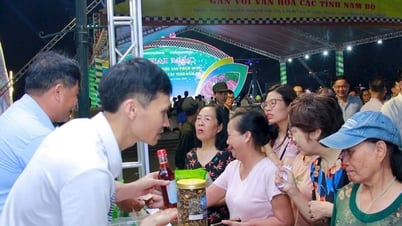

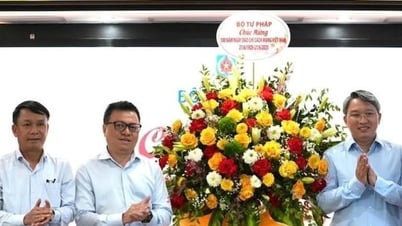






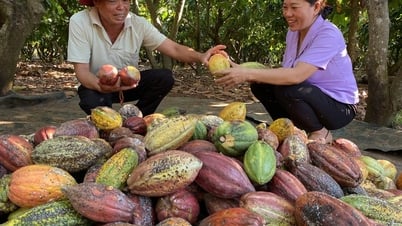

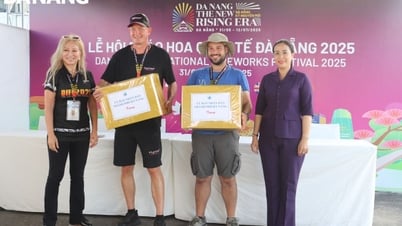


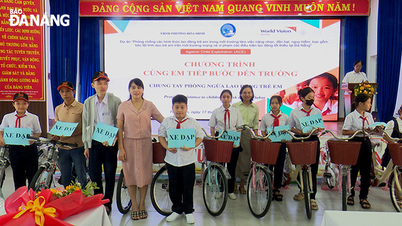
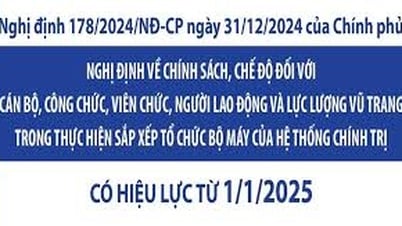

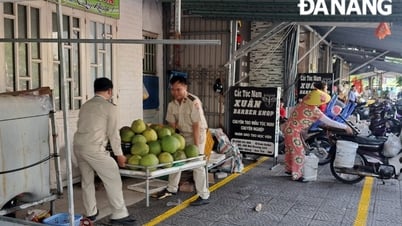








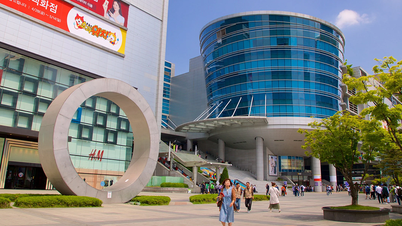






















































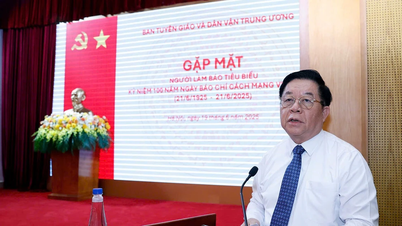

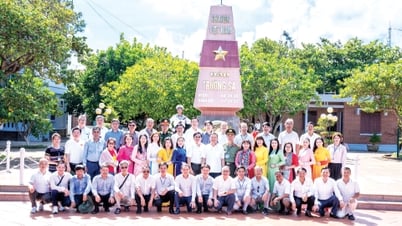













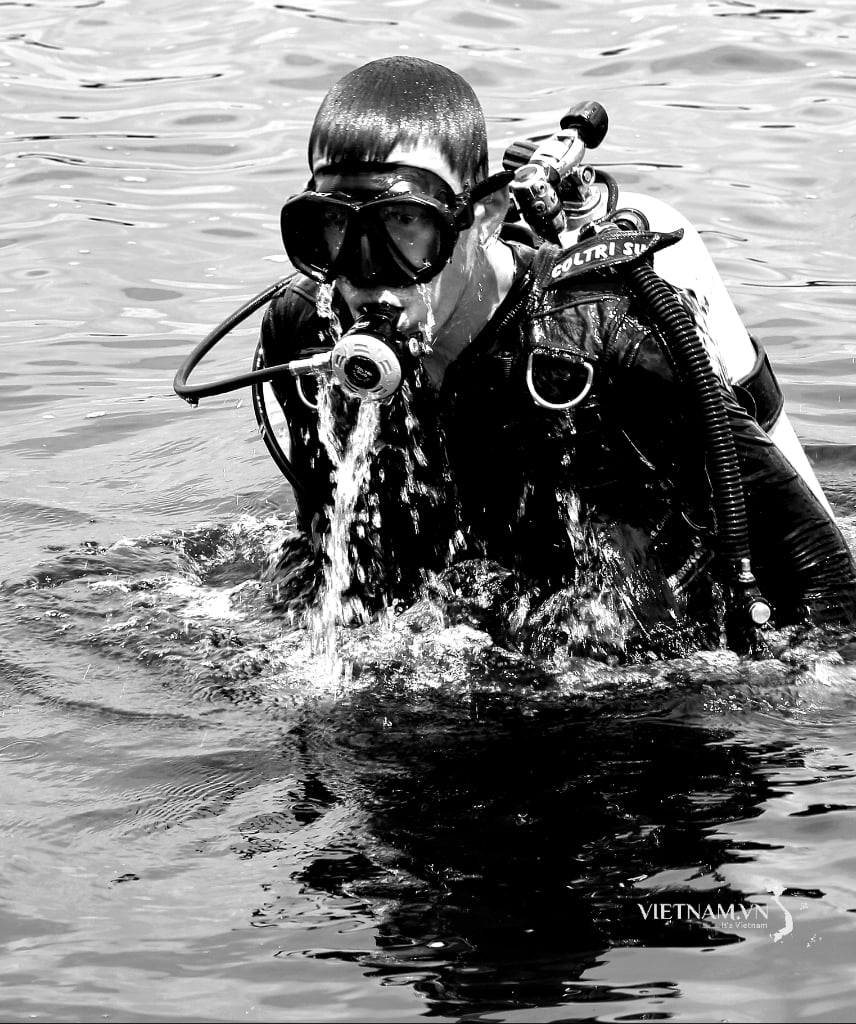
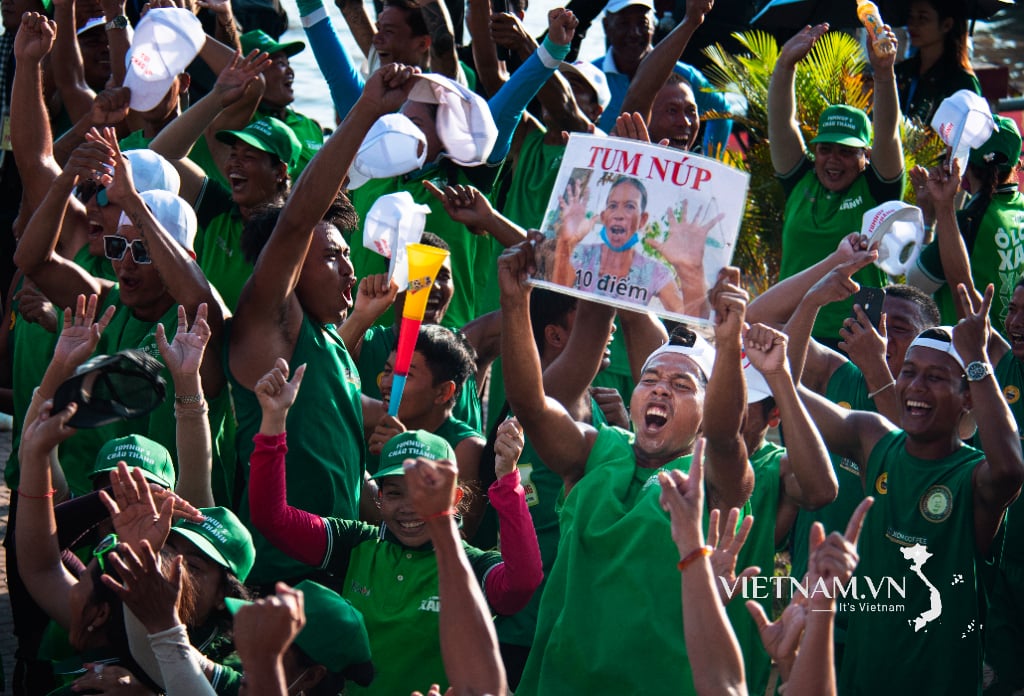


Comment (0)